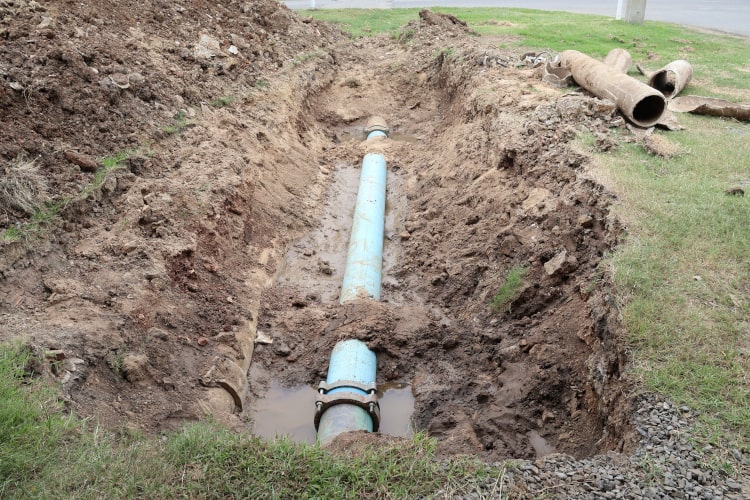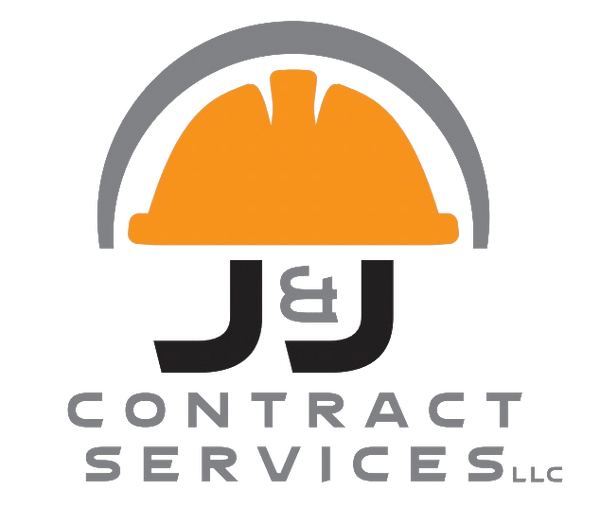
Sewer Install
Share
Sewer installation is a critical aspect of construction and land development, ensuring the effective disposal of wastewater and maintaining sanitation in residential, commercial, and industrial settings. A properly designed and installed sewer system prevents environmental contamination and protects public health.
Key Steps in Sewer Installation:
-
Site Assessment: The process begins with evaluating the site to determine the best layout for the sewer system. This involves identifying existing utilities, soil conditions, and local regulations.
-
Permitting and Planning: Obtaining the necessary permits is crucial. The sewer design must comply with local building codes and environmental regulations, which may include plans for stormwater management.
-
Excavation: The installation area is excavated to create trenches for the sewer lines. The depth and width of the trenches depend on the type of sewer system and the surrounding conditions.
-
Pipe Selection: Choosing the appropriate materials for sewer pipes is essential. Common materials include PVC, ABS, or cast iron, each selected based on factors such as durability, cost, and local regulations.
-
Installation of Sewer Lines: The sewer pipes are laid in the trenches, ensuring proper slope and alignment for effective drainage. A minimum slope is typically required to facilitate the flow of wastewater.
-
Connection to Building and Main Line: Lateral lines are connected from the building’s plumbing to the main sewer line, ensuring that all wastewater flows into the system. Proper sealing and fittings are crucial to prevent leaks.
-
Backfilling: Once the pipes are installed, the trenches are backfilled with soil, compacting the material to prevent settling. Care must be taken not to damage the pipes during this process.
-
Testing: After installation, the sewer system is tested for leaks and proper flow. This may involve filling the pipes with water or air to ensure integrity and functionality.
-
Final Inspection: A final inspection by local authorities may be required to ensure compliance with all regulations and standards.
